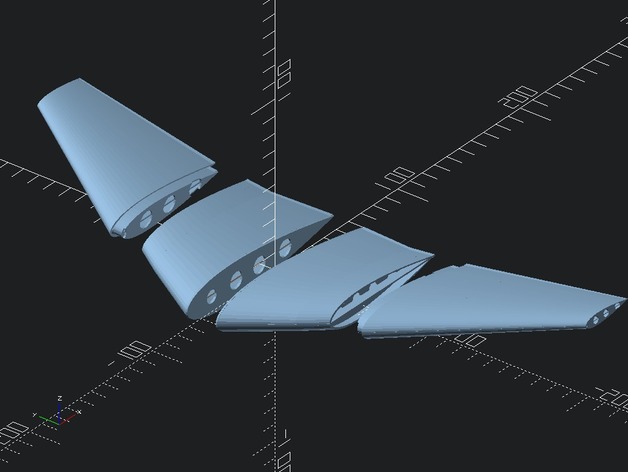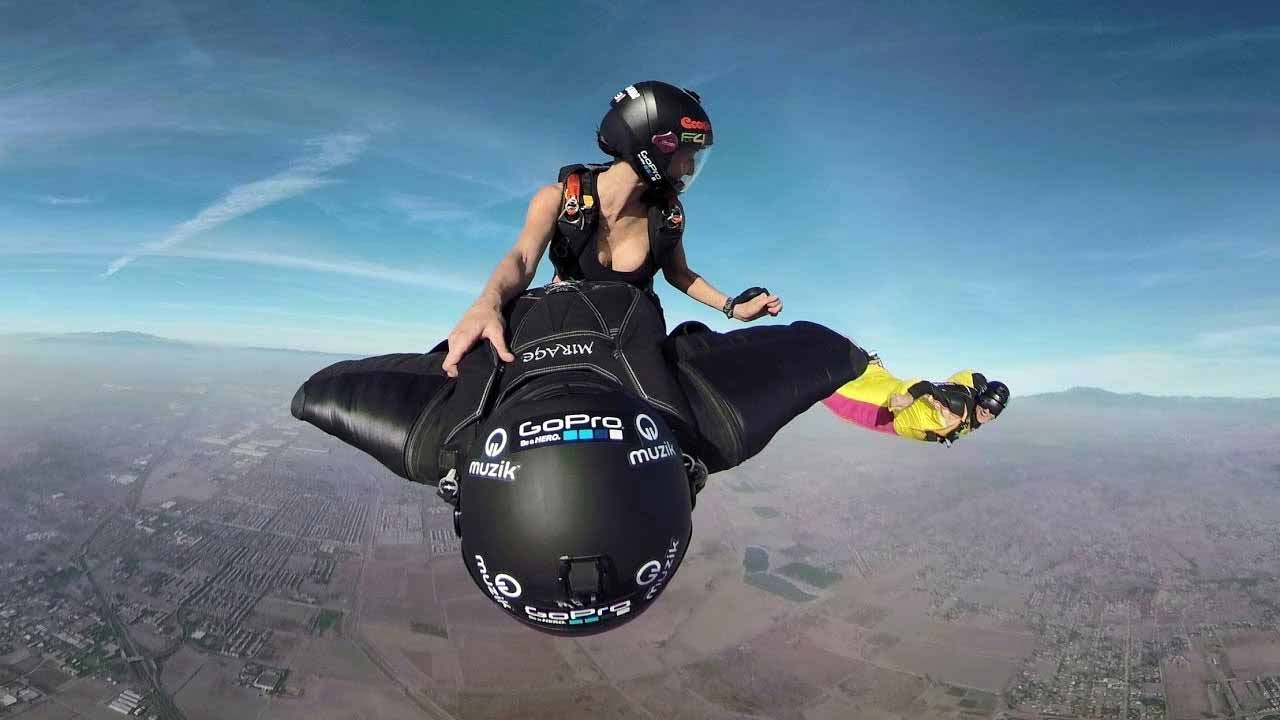

Typical of long-distance migrants and aerial foragers. Narrow, tapered, pointed wing that can be flapped rapidly due to minimized turbulence at the pointed tip. Bald Eagle Haliaeetus leucocephalus Wing types: High speed wing - general Magnificent Frigatebird Fregata magnificens Low aspect wingĪ low ratio between a bird's wing length and its wing breadth. Gray Heron Ardea cinerea High aspect ratioĪ high ratio between a bird's wing length and its wing breadth.

When a bird needs to slow down, it positions its tails and wings in a more veritcal orientation causing it to stall. Red-tailed Hawk Buteo jamaicensis Breaking The tail is used as a rudder to aid turning in flight or staying level while in shifting air currents. Sharp-tailed Grouse Tympanuchus phasianellus Tail as a rudder Non-powered flight, during which the bird loses altitude. The bird takes a more vertical posture beating wings forward and back and fanning the tail to stop forward motion. Hovering-flapping to fly in place, requires considerable amount of enery. California Condor Gymnogyps californianus Hovering Spaces between adjacent flight feathers that smooth airflow over the wing, reducing drag. The motion and shape of the bird wing reduce drag considerably. supracoracoideous Drag forceįriction and turbulance together cause drag force with counteracts thrust, the forward motion of the bird. The unsual arrangement of this muscle keeps it below the center of gravity helping to stabilize flight. When the supracoracoideus contracts, the tendon pulls the humerus and consequently the rest of the wing) upward. The tendon of this muscle passes through the triossial canal, an opening between the coracoid, humerus and furcula and inserts into the humerus.

It is the muscle immediately over the breast bone. Some birds gain power on the upstroke, but mostly it is a recovery stroke to return wings for the next downstroke Roseate Spoonbill Platalea ajaja Supracoracoideusīeneath the pectoralis major lies the supracoracoideus, the breast muscle that powers the upstroke. pectoralis major Upstrokeĭuring the upstroke, wings are partially folded to reduce drag. The pectoralis major (think outer breast meat), a bird's largest muscle, provides power for the downstroke, which in most birds is the engine of forward movement. Roseate Spoonbill Platalea ajaja Pectoralis major Most of the flight power comes from the downstroke as the wing moves down and forward.

As the air moves faster over the top of the wing, pressure is diminished relative to that of the underside and the bird gains lift (rises). At the same time air is moving more quickly over the upperside of the airfoil (wing) than the stream below the wing. This forces air downward and causes and equal and opposite reaction causing the bird to rise. Air pushed into the airfoil by the bird's forward motion pushes more forcefully on the curved underside of the somewhat upward-tilted wing. Analysis of the flow field of the obtained airfoils leads to some useful knowledge in designing airfoil for flying-wing type Mars airplane.While the same general aerodynamic principles apply to all flying birds, bird wings have evolved along with birds' feeding and migration strategies.Ī bird's wing acts as an airfoil, a curved surface evolved to provide lift and reduce drag (turbulance and friction). The obtained Pareto-optimal airfoils show tradeoff between the two design objectives. Some design constraints are applied to obtain feasible airfoil shapes. To see the tradeoff between the two objectives, a multiobjective evolutionary algorithm is used where aerodynamic performance of each airfoil is evaluated with a two-dimensional laminar Navier-Stokes flow solver. Analysis of the flow field of the obtained airfoils leads to some useful knowledge in designing airfoil for flying-wing type Mars airplane.ĪB - Aerodynamics optimization of airfoil for flying-wing type Mars airplane is conducted to show tradeoff between maximization of aerodynamic performance and stability requirement. N2 - Aerodynamics optimization of airfoil for flying-wing type Mars airplane is conducted to show tradeoff between maximization of aerodynamic performance and stability requirement. T1 - Aerodynamic design of airfoil for flying wing mars airplane


 0 kommentar(er)
0 kommentar(er)
